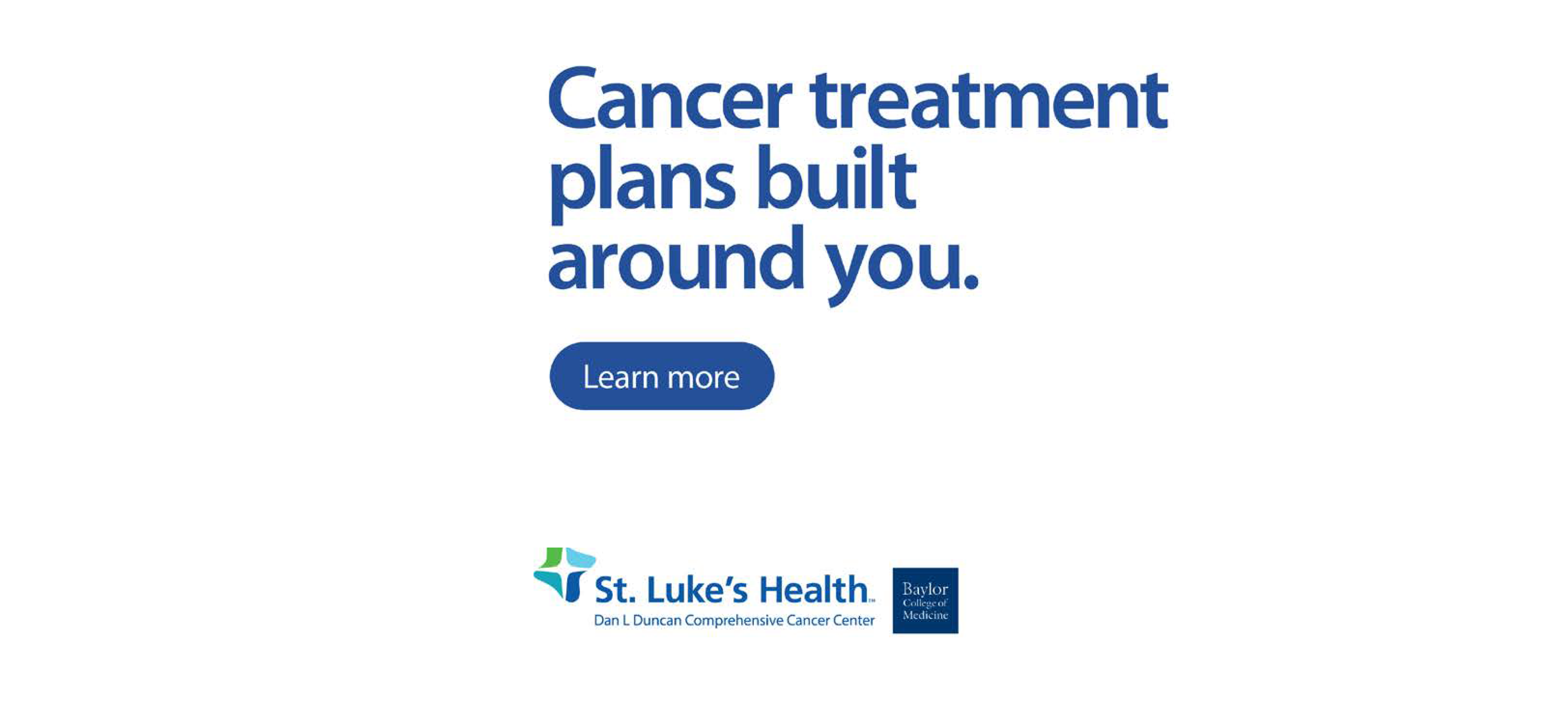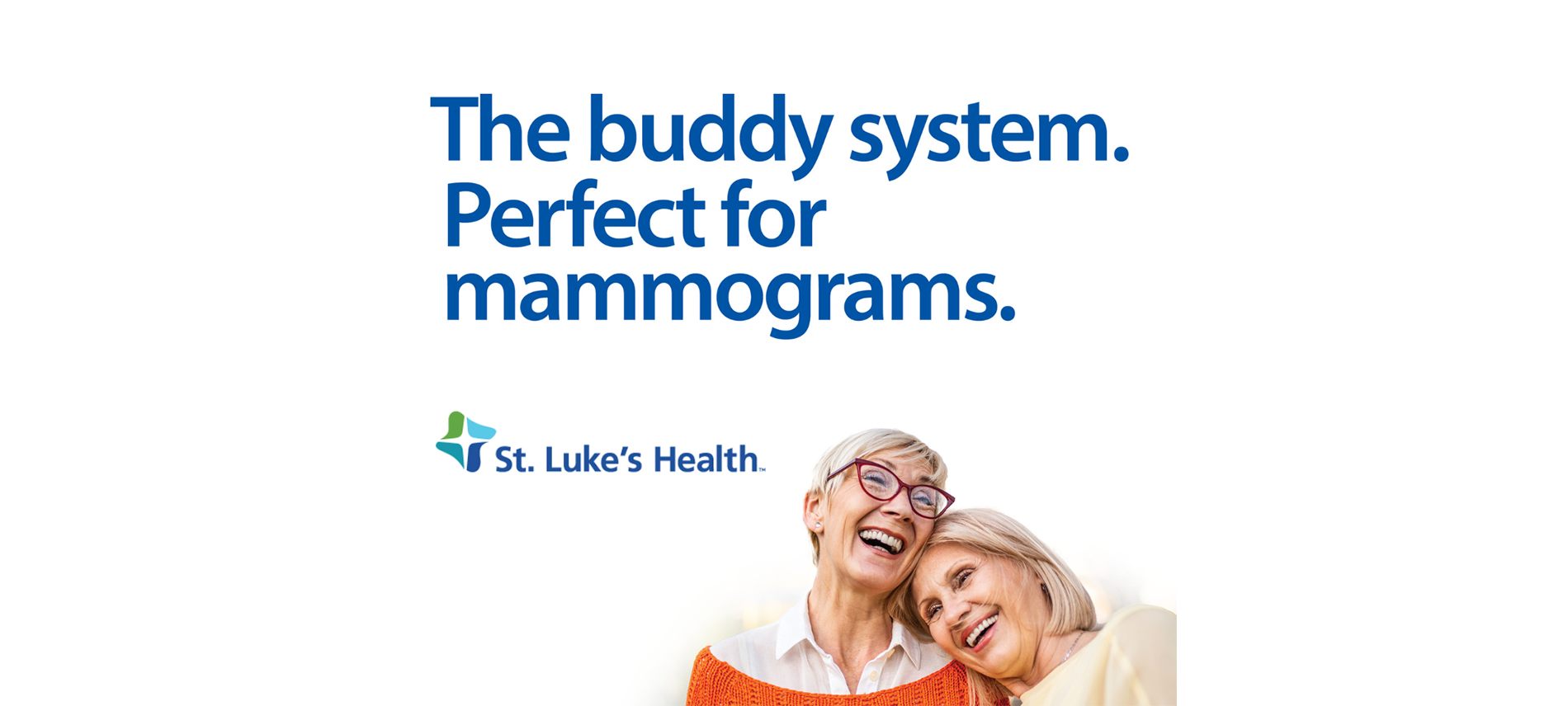-
Client
St. Luke’s Health
-
Year
FY23
-
Role
Brand Awareness
- Schedule a Chat
We saw our audience’s needs… and met them
St. Luke’s Health Oncology Campaign
Turning rankings into awareness — and awareness into patients
Following their recognition from U.S. News & World Report’s hospital rankings in 2022, St. Luke’s Health (SLH) came to DECODE looking to create an umbrella oncology service line campaign. This campaign needed to raise awareness of the program’s credibility and high-performing outcomes across cancer types and drive patient volumes overall.
The ask: Create an umbrella oncology campaign to raise awareness of the program’s credibility and high-performing outcomes across all cancer types, drive patient volumes overall, and stand out against world-renowned, neighboring competitors like MD Anderson.

The research
Here’s what we discovered when we dug a little deeper
As we researched, we found that, according to the Advisory Board, specialized symptom management is the number one service patients value most across their oncology experience. Therefore, we shifted from targeting cancer patients with general oncology information to providing catered information about their specific diagnoses.
We also found that cancer screenings were still declining. Between 2019 and 2021, breast cancer screenings dropped nearly 3%, and prostate cancer screenings dropped more than 3%.

The strategic approach
Defining cancer care for each unique patient
After conducting our research, we knew we needed to provide our potential patients with information catered to the cancer type they were specifically interested in. Additionally, we knew we needed to reach screening patients, who are more likely to continue their care within that same health system. For this reason, we broke our creative up into specific segments, creating search, display, and social ads for general oncology, mammograms, and prostate screenings.
We used a programmatic approach and third-party data to reach those who had been diagnosed with cancer or were at a higher risk of developing it.
We developed distraction-free ads and a message that couldn’t be missed
Visually, all our ads were straightforward and text-first. Our display and social ads conveyed our message through headlines like “What does early detection mean? Everything.” and “Make time for screen time.” This straightforward approach helped keep attention focused on the message of the ads, ensuring that our audience could immediately see that we were talking directly to them about their unique needs within the bigger picture of oncology care.
The rollout
Deploying individualized messages to the masses
In general, we leveraged a programmatic media approach to target our audience. Depending upon the service line, we targeted patients by symptoms, medication usage, or risk factors. For example, we were able to target women going through menopause — a life stage that comes with an increased risk of breast cancer.

The results
It’s time to debrief
Would we call this campaign a success? Absolutely. Our six-month campaign and $96,805 budget led to more than 1,500 patient encounters.
$2.3M+ total revenue
1,557 estimated patient encounters
$33.45 cost per acquisition
$24 ROAS
You can find more details about our creative and media targeting approach by downloading the full case study.



